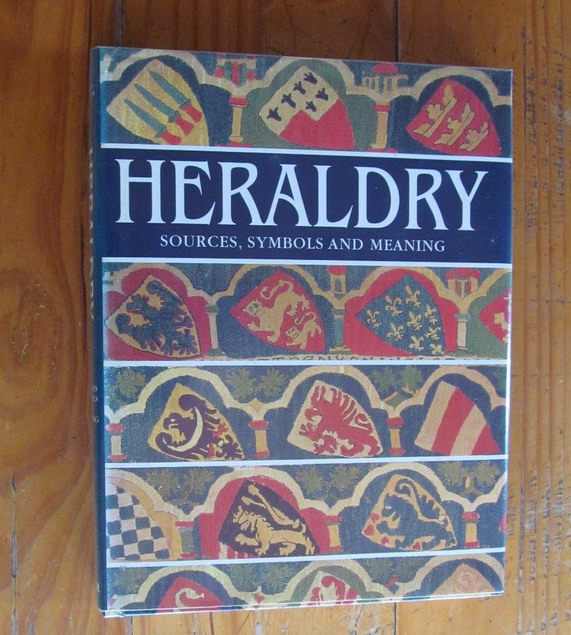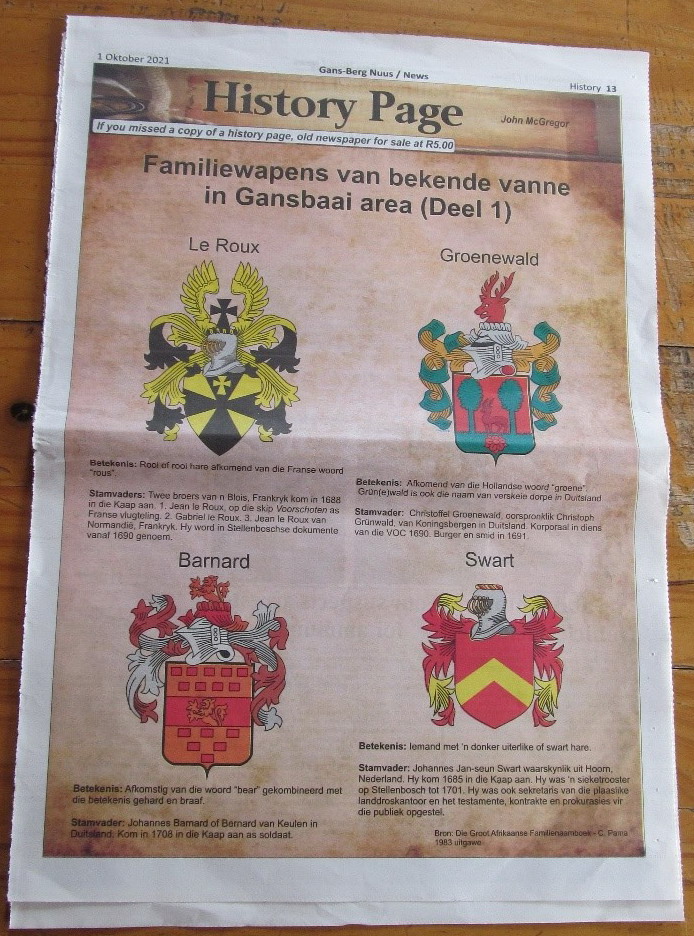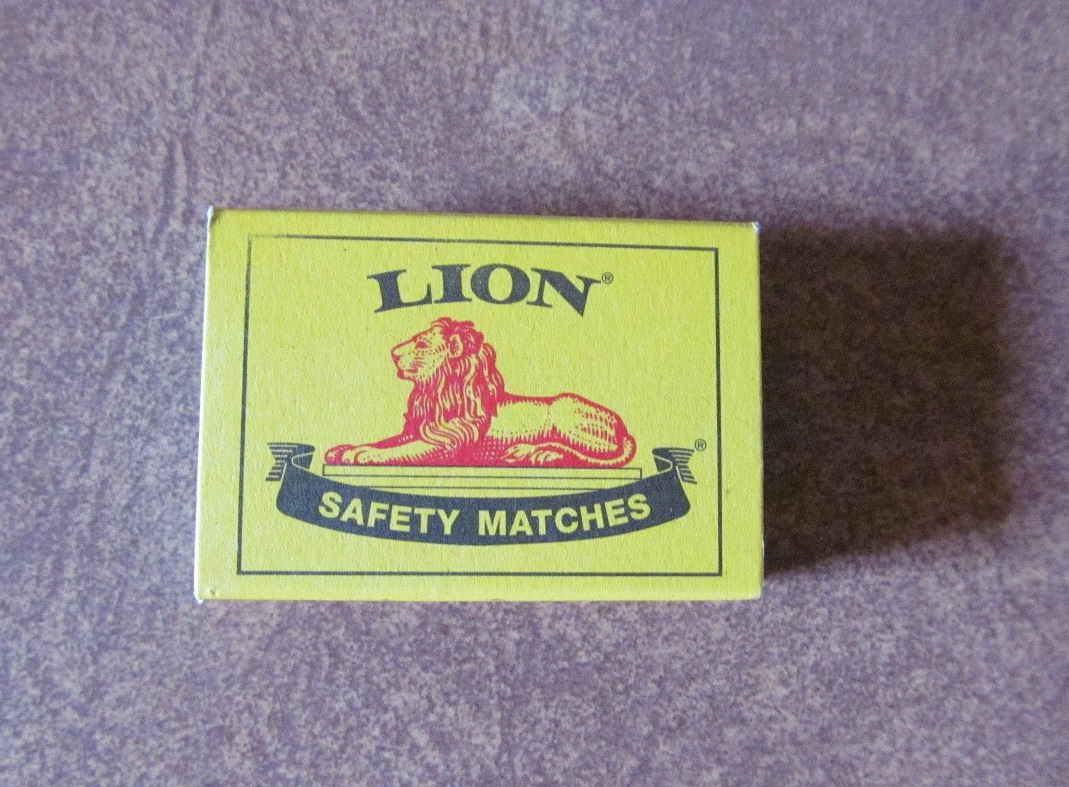Revolution: Chapter 4 – The First Council M...
The first full meeting of the Council for National Renewal convened at the Union Buildings on 18 September 2026, eleven days after the coup.
When, in my late teens, I encountered the word ‘dilettante’ I assumed it to be mildly derogatory. I consulted a dictionary and found this definition: 'A person who cultivates the arts as an amateur. A person who takes an interest in a subject merely as a pastime and without serious study. A dabbler.'
I took time to digest this and when I considered the definition and visualised the character, the lifestyle, I saw nothing to be despised. In fact, the more I thought about it the more the role appealed. What was reprehensible about dabbling? What was wrong with taking an interest in a subject merely as a pastime? I had already formed the view that life itself was a pastime and not worth serious study.
On several occasions in my youth, I was asked what I was going to be in life. Each time I took this question seriously and gave it some thought before replying. Because it was such a troublesome question, such a vastly open one, the process of answering it was lengthy. Even if the answer itself was always the same, it was preceded by varying degrees of confusion, anguish and irritation. The invariable response was, "I really don't know." Invariable, that is, until the brave bold day when I smiled brightly and spoke with self-assured candour.
"I'm going to be a dilettante."
This decision to become a dilettante has allowed me to take a superficial interest in anything and everything under the sun. Even Heraldry.

I was chastised for buying this book in 2000. How could I justify spending good money on a book about such an obscure subject? In my defence I repeated the assertion that the more one knows about the world, the more interesting a place it becomes. Five years later, when I was writing The Life of Henry Fuckit, I remembered from my time in the Dockyard the ships' crests painted on the walls of the Selborne Dry dock. Because of my new-found knowledge of heraldry, these decorations took on significance and I was in a position to incorporate them in the story.

"Ah yes. See that chap in the brown dust-coat? That's Eddie Robinson. He's the Paint shop storeman. Forever coming up with ingenious inventions. This time he's trying to perfect an APG. Could save a lot of time and money, making all that cumbersome scaffolding obsolete."
"APG?"
"Airborne Paint Gondola. There they go. Seems to be working better now. Last time he used helium and some bungling fool let go the wrong rope and it required a major air and sea operation to rescue the painters." They turned away and sat down again. "Robinson's also a renowned expert on heraldry. You saw all those coats of arms painted above the waterline? Every ship that's been into dry dock over the past forty years has its shield on the wall. There's a small team of painters who do nothing but heraldry. If you were interested you could spend years making a study of medieval history, armorial design, heraldic nomenclature, the rules, regulations and guidelines set down by the International Academy of Heraldry. The conventional use of colours and tinctures in the decorative display of armorial paraphernalia could occupy your attention day in and day out. Like Robinson, if you so desired, you could immerse yourself in signs and symbols, seals, shields, standards and stamps. Not to mention mosaics, motifs, mottoes and monograms. And what of badges and banners, blazons, bars and bezants? The field is vast, festooned with flags and fesses and fleurs-de-lis, emblems, ensigns, escutcheons and escarbuncles."
Bergson reined in his galloping lyricism and returned to the central theme of his introductory prologue. "Yes, fascinating. But there are any number of these diverse microcosms in the Dockyard. The Paint Shop is only one such engrossing world." (Read more here)

This is another illustration of the relevance of Heraldry in the 21st century. In October 2021 the Gansberg News devoted five History Pages by John McGregor to the origins of 20 common South African family names. The list was as follows: Le Roux, Groenewald, Barnard, Swart, Otto, De Villiers, Pieterse, Du Toit, Fourie, Germishuys, Visagie, Vermeulen, Kemp, De Kock, Van Dyk, Mathee, Vivier, Moolman, Lourens and Badenhorst.
Each family has a coat of arms that carries meaning and is of worth close examination, especially if one appreciates heraldic symbolism.

Even a box of matches can be of interest to the student of Heraldry. The lion is the most frequently depicted animal in armorial design, probably because of its reputation for superiority, fearlessness, strength and nobility. My book lists as many as 39 different stylizations. The one chosen by the Lion Match Company is known as couchant, meaning lying down with head raised.
To view my longer work as an author, you can find me on Smashwords here.
This is my writer's blog and it's a pleasure to have your company. You’ll see that the site is designed to showcase my writing.
View ProfileXplorio is your local connection allowing you to find anything and everything about a town.
Read MoreThe first full meeting of the Council for National Renewal convened at the Union Buildings on 18 September 2026, eleven days after the coup.
The Second Council Meeting, held on 2 November 2026, marked the beginning of serious economic deliberation. Now came the deeper and more dangerous challenge: how to rebuild an economy hollowed out by decades of corruption, mismanagement, and policy c...
I phoned him a week ago and we exchanged pleasantries. "All well. Except, I'm in the dogbox of late."
The operation that would later be known as The September Intervention unfolded with a precision that surprised even its architects.
The inner circle that would eventually engineer the September Intervention took shape quietly and methodically during the first half of 2026.
Revolution is a gripping political chronicle of South Africa's rebirth after a 2026 coup that topples a failing government and sparks an age of reform.
